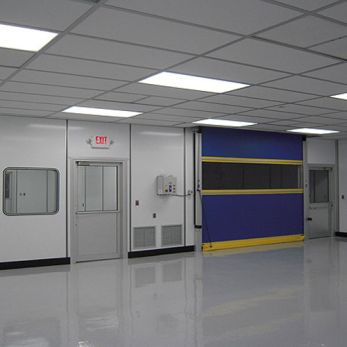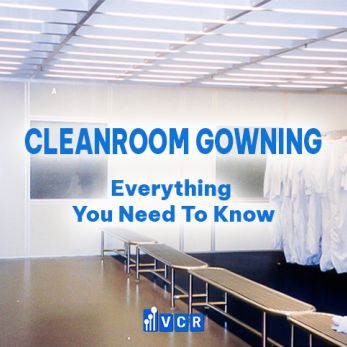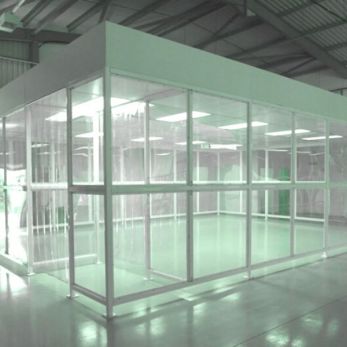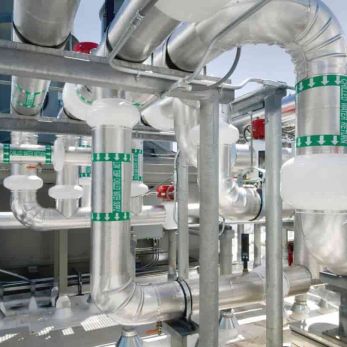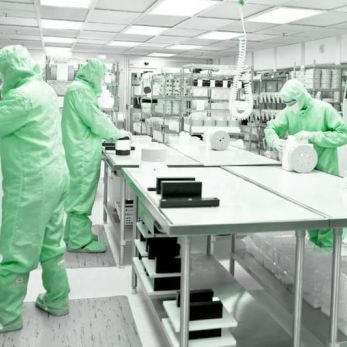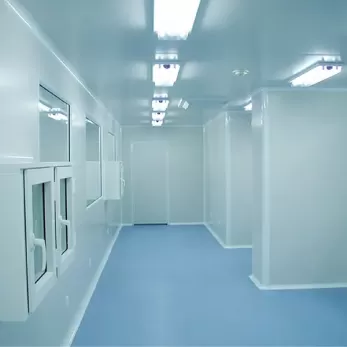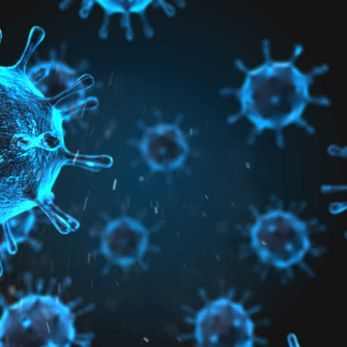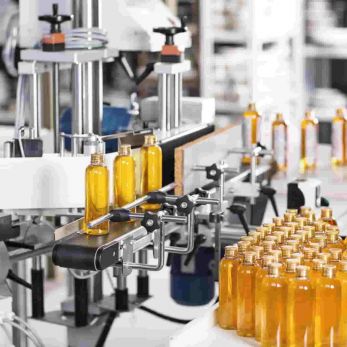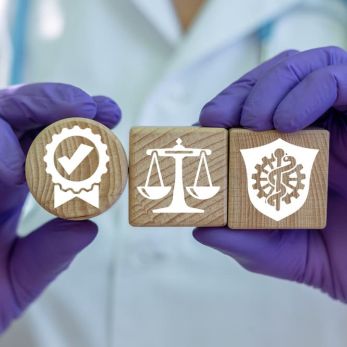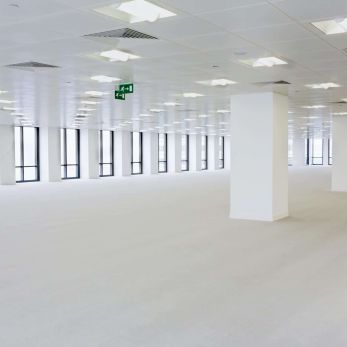Temperature and humidity requirements in cleanroom
The difference between the temperature and humidity requirements of the purification workshop (clean room) and the ordinary production area of the central air-conditioning plant is that it not only needs to meet the comfort of the producer (employee),
The difference between the temperature and humidity requirements of the cleanroom and the ordinary production area is that the cleanroom not only needs to meet the comfort of the workers but also needs to take into account the requirements of the production process and product characteristics.
Different production processes have different requirements for the production environment. With the industrial upgrading of the production process, the requirements for cleanliness and temperature, and humidity also increase.
Electronics Manufacturing Industry
The most important factor in the production area in electronics manufacturing is anti-static. Static electricity adversely affects electronic products and reduces the output of products, leading to short circuits to products and causing employees to faint.
Therefore, the relative humidity of the electronics cleanroom should not be lower than 30%. In order to reduce the generation of static electricity, the relative humidity of the antistatic area of the cleanroom should not be lower than 50%.
Dust is easy to fly in dry weather conditions. In the case of special requirements, the temperature is controlled at about 23 ± 2 °C, and the relative humidity is controlled between 55 ± 5% RH.
In this production environment, people feel comfortable and static electricity disappears.
Large Scale Integrated Circuits
In the lithography exposure process of large-scale integrated circuit production, the difference between the thermal expansion coefficients of the glass used as the mask material and the silicon wafer is required to be smaller and smaller.
A silicon wafer with a diameter of 100 um and a temperature rise of 1 degree will cause a linear expansion of 0.24 um, so it must have a constant temperature of ±0.1 degrees. At the same time, the humidity value is generally required to be low, because after people sweat, the product will be polluted.
For semiconductor workshops, the cleanroom should not exceed 25 °C. Too much humidity creates more problems. When the relative humidity exceeds 55% RH, condensation will form on the wall of the cooling water pipe, and if it occurs in precision devices or circuits, it will cause various accidents. It is easy to rust when the relative humidity is 50% RH.
Sterile Biopharmaceuticals
Temperature is one of the important factors affecting the stability of formulations in the external environment. Generally speaking, as the temperature increases, the degradation rate of the drug increases, and the change of temperature has a great influence on the stability of the preparation, especially biological products, which are very sensitive to heat.
Therefore, the drug production workshop should not only strictly control the indoor temperature range but also ensure that the temperature fluctuation is as small as possible.
The relative humidity is also an important factor affecting the stability of the preparation. For solid preparations, moisture in the air can form a film on its surface, which becomes the condition for the decomposition reaction to occur, and the speed of the degradation reaction is proportional to the relative humidity of the environment.
In addition, the importance of relative humidity to drug production is also reflected in the fact that the production environment is prone to mold contamination when the relative humidity reaches 60% or more, and mold can grow when the relative humidity exceeds 60%.
Temperature and humidity requirements for drug production cleanrooms:
+ Clean area (sterile environment): temperature should be 20-24℃, relative humidity: 45-60%RH
+ Control area (sterile environment): the temperature should be 18-26℃, relative humidity: 50-65%RH.
SMT Surface Mount
The SMT placement workshop has clear requirements for temperature and humidity. First of all, it is mainly for the solder paste to work in a better environment. The temperature will affect the activity of the solder paste, and the activity of the related solvents of the flux added to it has a certain degree.
High temperature will increase its activity, which will ultimately affect the effect of screen printing and reflow. It is easy to appear the phenomenon of virtual welding and dull solder joints. The size of the humidity will cause the amount of water vapor absorbed by the solder paste in the air. For example, over-suction, such as too much water vapor, will cause air, fly, and continuous welding during reflow.
Therefore, the temperature and humidity standard of SMT constant temperature and humidity workshop:
Temperature: 24±2℃
Humidity: 50±10%.
Are not all cleanrooms designed with constant temperature and humidity? The temperature and humidity of the air conditioning system must be designed according to the requirements of the production process.
Food industry
Food/health product workshops have relatively high requirements for production cleanliness, usually class 100,000 and class 10,000. Some industries require class 1000/class 100 or above, but at the same time, the lower the humidity in the workshop, the easier it is to breed bacteria, bacteria, and other organisms
Contamination (mold, viruses, fungi, mites) can thrive in environments with relative humidity above 60%. Some flora can grow when the relative humidity exceeds 30%.
The effects of bacteria and respiratory infections are minimized when the relative humidity is in the range of 40% to 60%. If the humidity is too high, the product will deteriorate.
At the same time, the temperature should not be too high. If the temperature is too high, the producer will be exposed to the product after sweating, which will contaminate the product and reduce the quality/yield of the product.
Combining common fields, we can conclude that the effects of temperature and humidity on the purification workshop are as follows:
1. Bacterial growth; 2. Personnel comfort; 3. Electrostatic charge; 4. Metal corrosion; 5. Water vapor condensation; 6. Degradation of lithography; 7. Water absorption.
Considering the temperature of the cleanroom as a general principle, the machining accuracy is getting finer and finer, and the requirements for the temperature fluctuation range are getting smaller and smaller.
Therefore, the temperature and humidity control of the cleanroom is determined by its production process, but its accuracy also depends on the size of its room, such as the measuring room, grating engraving room, precision instrument manufacturing and assembly workshop, etc.
| No. | Application industry | Temperature (°C) and humidity (%RH) requirements | Cleanliness requirements | GMP requirement | ||
| Production (adjustable) | Experiment (adjustable) | Production (adjustable) | Experiment (adjustable) | |||
| 1 |
Optics/Microelectronics/ Electronics Industry |
Temperature: 20-26 Humidity: 50-75 |
Temperature: 12-23 Humidity: 40-85 |
10,000-300,000 | Class 100 - Class 100,000 | No |
| 2 | LED/LCD/PCB |
Temperature: 20-26 Humidity: 50-70 |
Temperature: 12-23 Humidity: 40-85 |
10,000-300,000 | Class 100 - Class 100,000 | No |
| 3 | Food & Beverage Industry |
Temperature: 6-26 Humidity: 50-76 |
Temperature:-5--23 Humidity: 40-85 |
10,000-100,000 | Class 100 - Class 100,000 | No |
| 4 | Cosmetics / Daily Chemical Industry |
Temperature: 20-26 Humidity: 50-71 |
Temperature: 12-23 Humidity: 20-86 |
Level 100 - Level 100,000 | Class 100 - Class 100,000 | No |
| 5 | Photovoltaic / Renewable energy industry |
Temperature: 20-26 Humidity: 50-77 |
Temperature: 12-23 Humidity: 40-85 |
10,000-300,000 |
Class 100 - Class 100,000 | No |
| 6 | Automotive / Aviation / Precision Processing Industry |
Temperature: 20-26 Humidity: 50-72 |
Temperature: 12-23 Humidity: 40-85 |
10,000-300,000 |
Class 100 - Class 100,000 | No |
| 7 | Plastic/chemical / fine chemical industry |
Temperature: 12-26 Humidity: 50-78 |
Temperature:-12--23 Humidity: 20-85 |
10,000-300,000 |
Class 100 - Class 100,000 | No |
| 8 | Plastic / Electroplating Industry |
Temperature: 20-26 Humidity: 50-73 |
Temperature: 12-23 Humidity: 40-85 |
10,000-300,000 |
Class 100 - Class 100,000 | No |
| 9 |
Pharmaceutical industry |
Temperature: 12-26 Humidity: 50-79 |
Temperature:-12--23 Humidity: 20-85 |
Level 100 - Level 100,000 |
Class 100 - Class 100,000 | Yes |
| 10 |
Medical device industry |
Temperature: 20-26 Humidity: 50-74 |
Temperature: 12-23 Humidity: 40-85 |
Level 100 - Level 100,000 |
Class 100 - Class 100,000 | Yes |
| 11 |
Hospital operating room |
Temperature: 18-26 Humidity: 50-80 |
Temperature: 12-23 Humidity: 40-85 |
Level 100 - Level 100,000 |
Class 100 - Class 100,000 | No |
| 12 |
Biopharmaceutical industry |
Temperature: 6-26 Humidity: 50-75 |
Temperature:-12--23 Humidity: 20-85 |
Level 100 - Level 100,000 |
Class 100 - Class 100,000 | Yes |
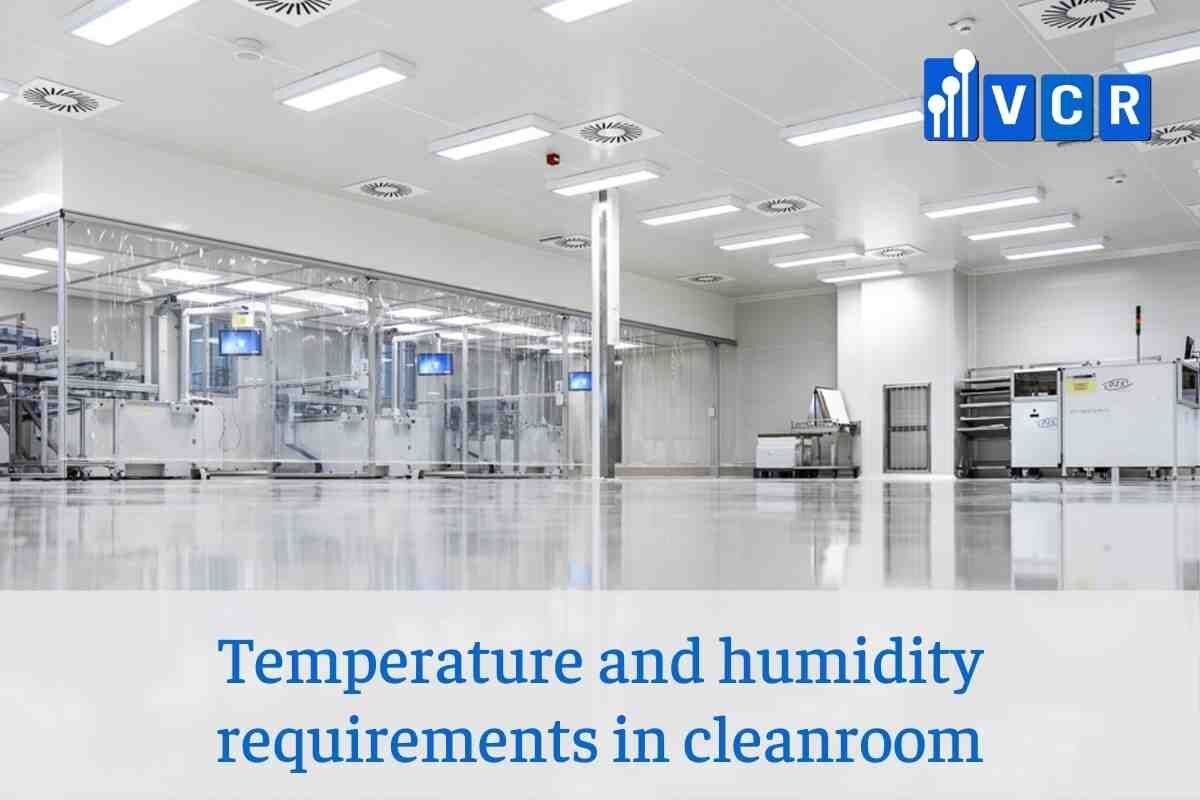
Vietnam Cleanroom Equipment (VCR) specializes in providing cleanroom equipment for construction contractors. We provide high-quality products with competitive prices and large quantities nationwide. The equipment includes:
Differential pressure gauge, FFU Fan Filter Unit, Pass box, Clean room air filter, HEPA box, Clean booth, cleanroom steel door, Isolator cabinet, and other equipment
For details, please refer to Vietnam cleanroom equipment official website
https://en.vietnamcleanroom.com







